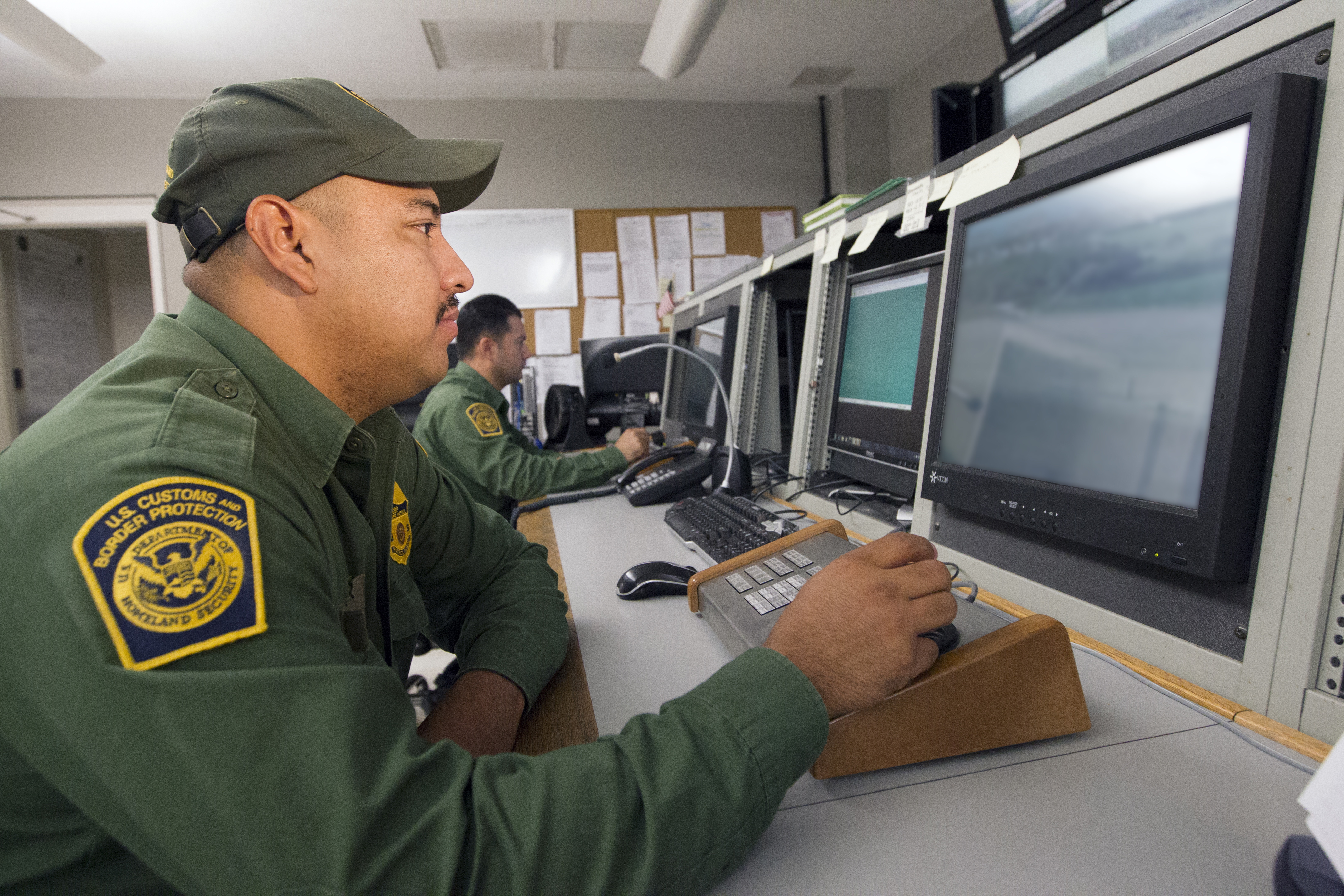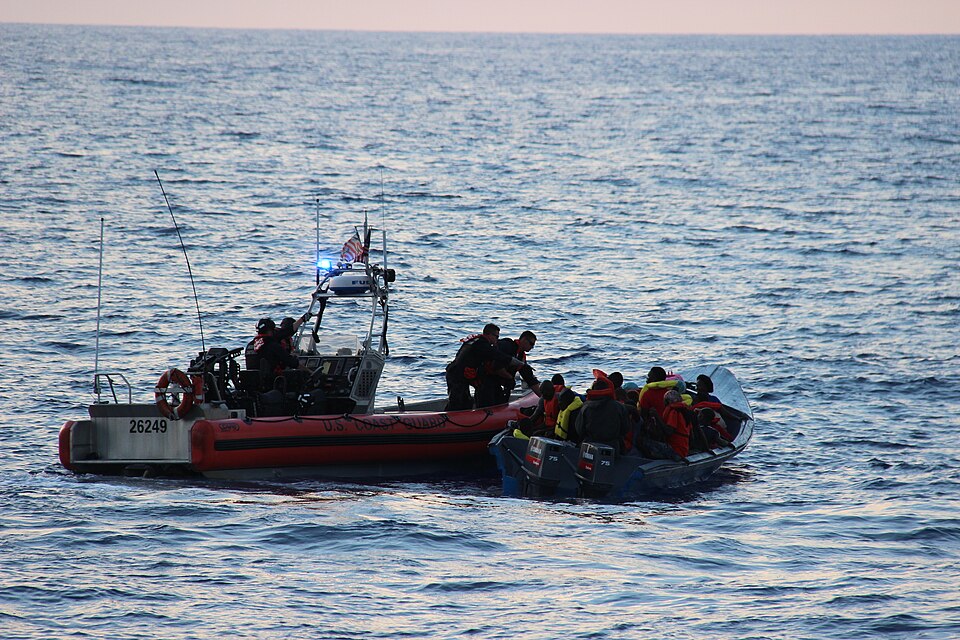What we are seeing is that normalization of discourses has an effect, an impact on legal regimes, on institutional regimes. They are not conceived as exceptional anymore but are very much normalized and reified.
Using criminal law to control migration
Professor of Law
- Crimmigration describes the merging of criminal and immigration law, creating a punitive system for migrants that lacks criminal justice safeguards and protections.
- Public discourse increasingly frames migration as a criminal threat, normalizing policies initially justified as emergency measures post-9/11.
- Criminalizing migration relies heavily on symbolic deterrence rather than active enforcement, indirectly leading migrants into riskier and more dangerous migration routes.
- Citizenship status significantly influences treatment within criminal justice systems, disproportionately disadvantaging non-citizens through harsher penalties, difficulties accessing bail and poorer legal representation.
What is crimmigration?
The term crimmigration was coined in the beginning of the 2000s by an immigration scholar, Juliet Stumpf, who works in the US and has been very influential for understanding, particularly in the US, how criminal law tools are being used to control migration. We talk about criminalization and the use of criminal law specifically to deal with migration breaches. She also talks about how, for instance, the prison and the logic of the prison is increasingly a way of dealing with migrants and how migration controls have been increasingly taking on the practices, the logic, of criminal law and criminal justice – without the migration, the safeguards that are very much key in a criminal justice process. Crimmigration means this migration of criminal law into immigration law and immigration law into criminal law, but creating a second class system of justice where safeguards and rights and protections that are germane to the criminal justice process are not migrated with it.

© Pexels
Normalization in public discourse
The way in which migration is talked about in public debate – in terms of danger, in terms of threat, in terms of crimes – has a substantive effect. We can see this in terms of the evolution of this discourse. While in the 2000s the criminalization of migration was an extreme measure, in the context of 9/11 and the increased securitization of borders that the 9/11 attacks brought forth, it was conceived as an emergency measure.

© Donna Burton via Wikimedia
Migratory species by nature
The most important misconception in relation to migration and crime is the fact that migration is problematized, criminalized, while the human species, if not non-human species, are migratory species by nature. Our world has been built around migration and movement.

© Pexels
What is perhaps unique of our contemporary world is the pathologization of migration, which is built on a range of misconceptions, for instance, that migration brings crime. We know for a fact that a range of research, criminological research in various jurisdictions, have not found a clear link between migration numbers, migration and crime rates and increases in crime rates. It is important for researchers to push back on the myths through which these policies and discourses are built.
Prevention and deterrence
My work has been tracing how criminal law increasingly makes people criminals for various immigration breaches. What I have found is that, while criminal law – particularly in Anglo-American countries, where there has been a tradition of using or overusing it to address a range of social issues, including migration – has seen an increase in migration-related offenses over the last few decades, those offenses are not frequently applied. One of the conclusions that I have reached is that the function of criminal law is very much what criminologists or sociologists of punishment call prevention and deterrence. It is that symbolic acting-out to prevent people from crossing borders illegally.

© Glenn Fawcett, CBP Photography via Wikimedia
In practice, those laws are seldom enforced and are enforced in very specific situations. There is a level of pragmatism in the substantive criminalization that comes with the enforcement of these laws.
The symbolism of criminalization
The symbolic dimension that I am referring to in relation to the criminalization of immigration concerns two audiences. One is the national audience, to act as if the state is taking decisive action in relation to migration and its control. This performance of sovereignty and force underpins not just criminalization but also policing – particularly the militarization of borders, which many scholars have talked about. It is also the audience of the potential migrants who are willing to embark in those clandestine journeys.

© U.S. Coast Guard District 7 via Wikimedia
There are a number of direct and indirect effects. We talk about symbolisms; we talk about deterrence, but there are, of course, indirect effects, because we know for a fact that these laws create what the UK government has branded the hostile environment – an environment that is hostile to people migrating illegally. We know that the closure of borders and the increased criminalization of borders push people into increasingly dangerous forms of crossing, as we are seeing in the Mediterranean and in the English Channel. We are seeing it as well at the Mexico US border. The fact that these criminal laws are not always enforced does not mean that they do not have an effect, a punitive and harmful effect.
Migrants under criminal law
There are a number of implications of this intersection of criminal law and migration law. This is something that I have been looking at empirically in the context of the UK: how migrants are dealt with in the criminal justice system, not just for migration-related offences but more generally. For instance, we see that questions of interpretation are a problem, as people are not provided with the right service in terms of understanding and being able to participate in the criminal justice process.

© Pexels
We see also how, for instance, migration status is often an obstacle for being bailed during a criminal justice process. The implication of it is that people who are not British citizens, particularly people who are in the country illegally, face a criminal process, usually inside the prison. That has, as criminal justice scholars documented, important implications in terms of their ability to fight a case, a charge against them. We also documented how migration status and the potential deportability of someone has significant bearing on sentencing, meaning that people who are due to be potentially deported are less likely to be given a non-custodial sentence. That is shown in statistics about prison populations where we see, particularly in European jurisdictions, an overrepresentation of foreign nationals in the prison.
Citizenship in criminal law
There is a discussion in the literature about how citizenship should bear on the role of criminal law. Those discussions that are mainly philosophical, theoretical, often lack an understanding of the implications of placing that central role of citizenship in the context of criminal law and the operation of criminal justice, which has significant and negative implications in terms of the treatment of those who are not citizens.

© Shutterstock
It is not just saying we are not going to look at migration status and non-citizenship as a factor influencing decisions on bail and sentencing, but it is also thinking about how that status intersects with other vectors of discrimination to disadvantage marginalized populations in the context of the criminal process.
Editor’s note: This article has been faithfully transcribed from the original interview filmed with the author, and carefully edited and proofread. Edit date: 2025
Discover more about
Crimmigration
Aliverti, A. (2013). Crimes of mobility: Criminal law and the regulation of immigration. Routledge
Aliverti, A. (2021). Policing the borders within: Immigration control and the policing of migration in Britain. Oxford University Press.
Aliverti, A. (2020). The promise of the border: Immigration control and belonging in contemporary Britain. in M. van der Woude (Ed.), Crimmigrant nations: Resurgent nationalism and the closing of borders (pp. 68–88). Fordham University Press.
Aliverti, A. (2012). Making people criminal: The role of the criminal law in immigration enforcement. Theoretical Criminology, 16(4), 417–434.
Aliverti, A. (2015). Enlisting the public in the policing of immigration. British Journal of Criminology, 55(2), 215–230.
Stumpf, J. (2006). The Crimmigration Crisis: Immigrants, Crime, and Sovereign Power. American University Law Review 56 , no. 2, 367-419.